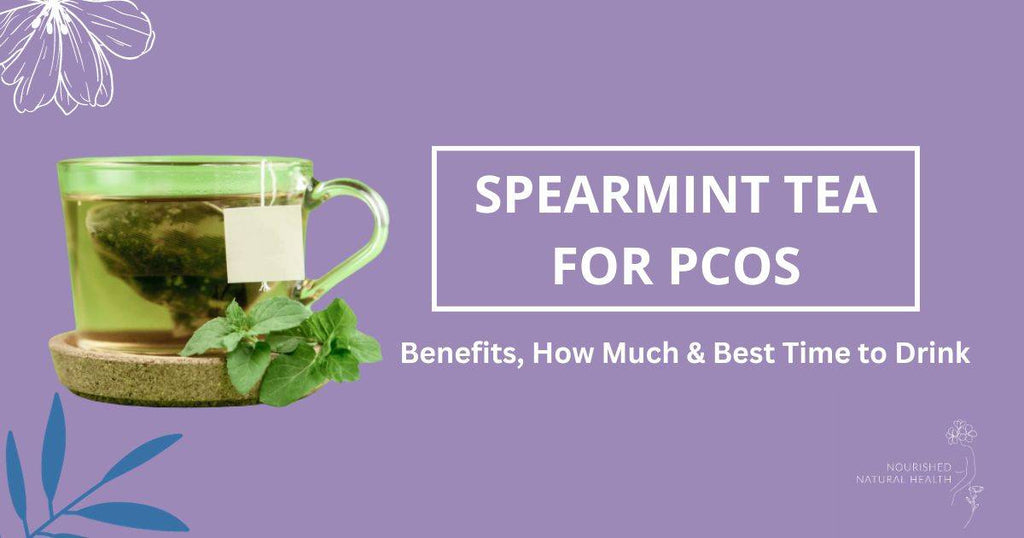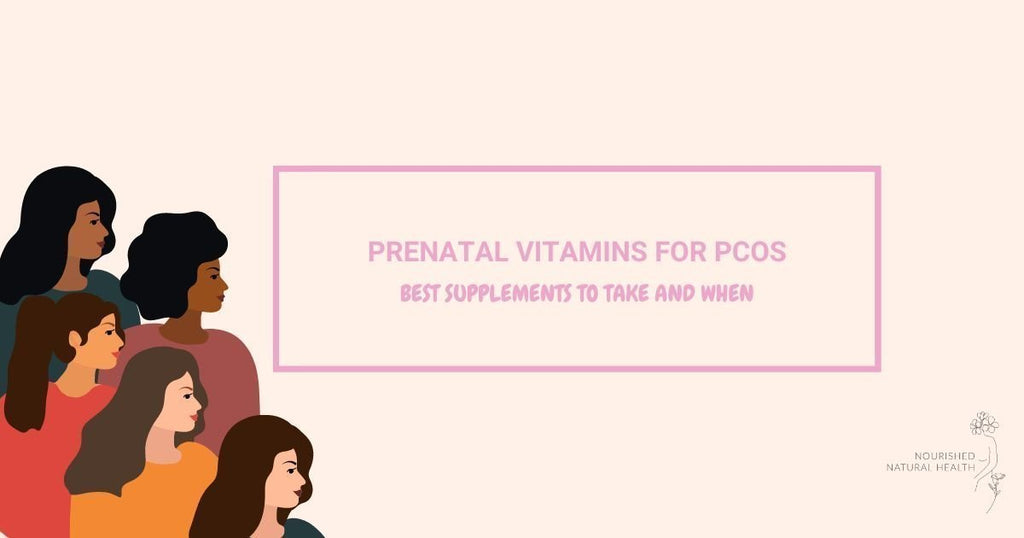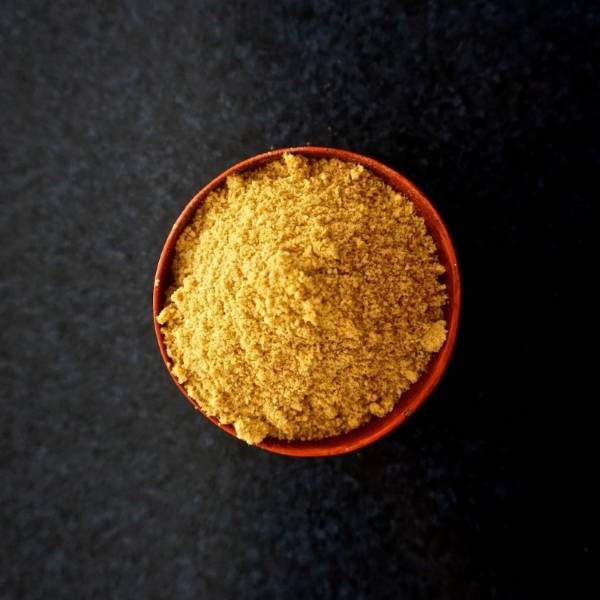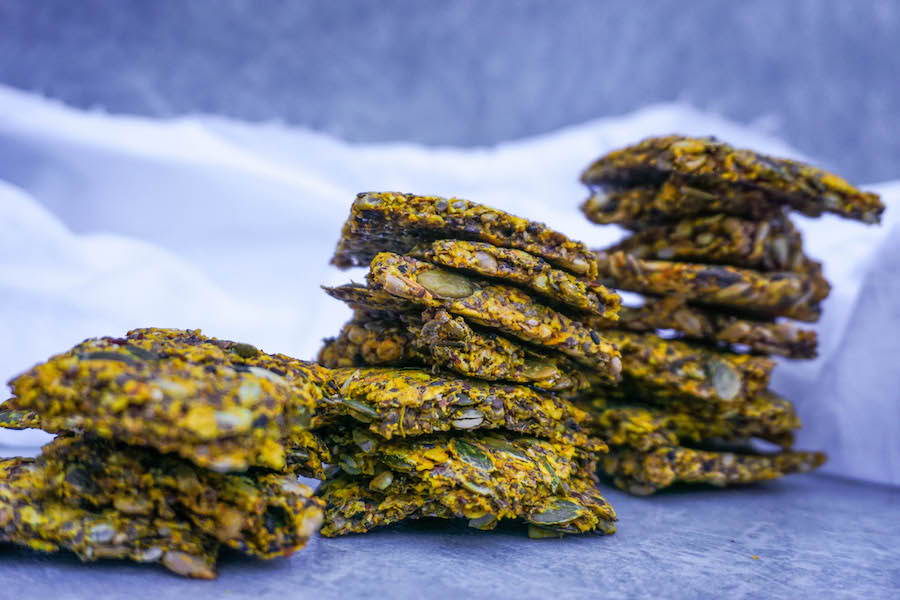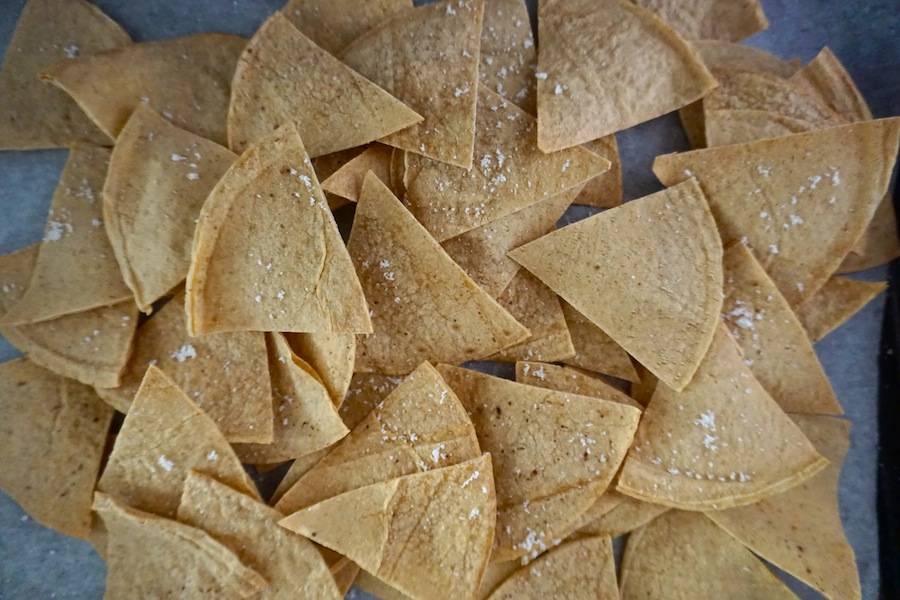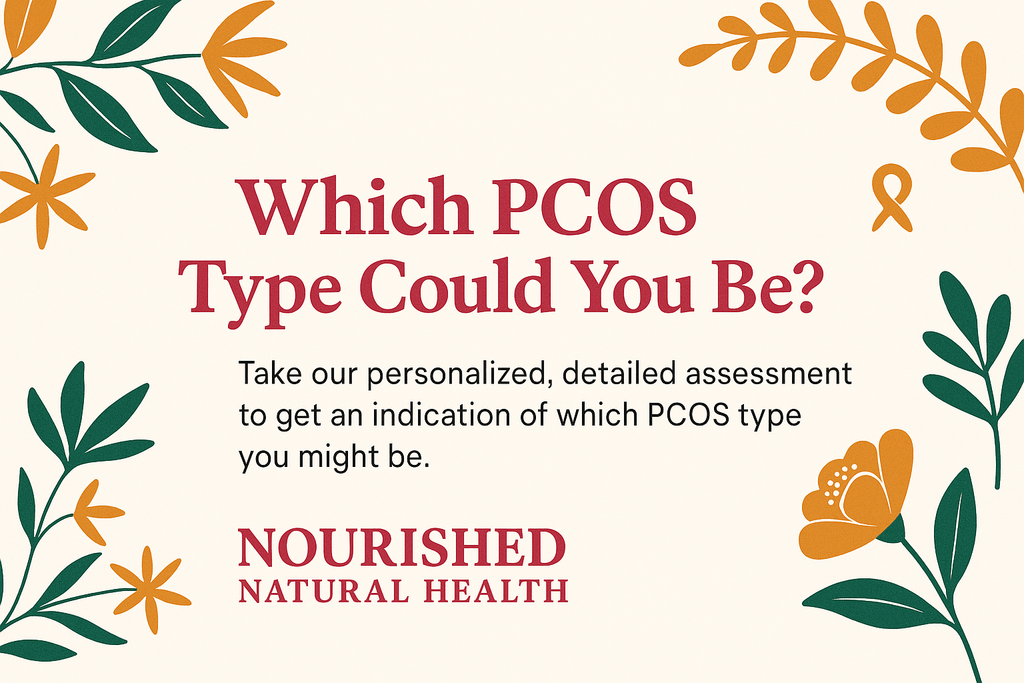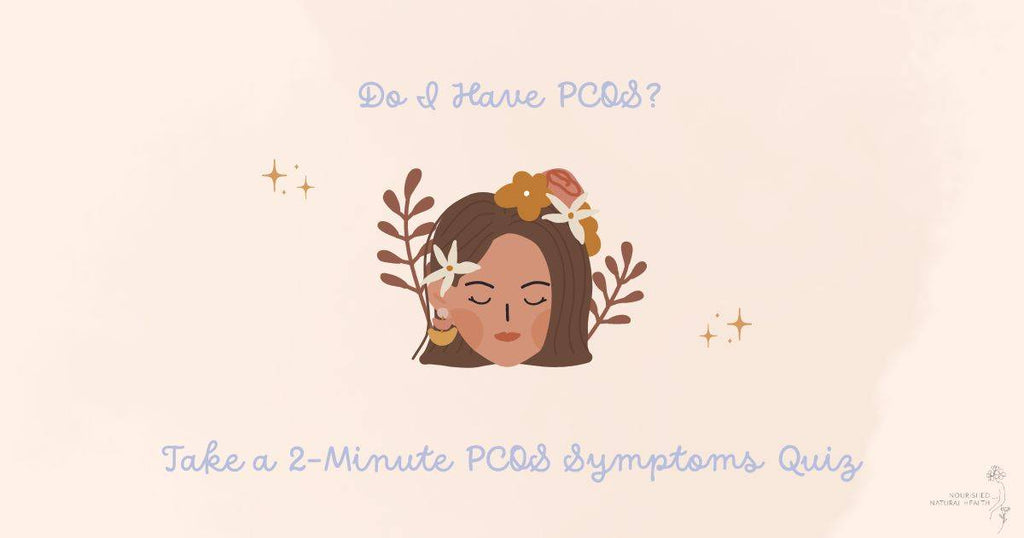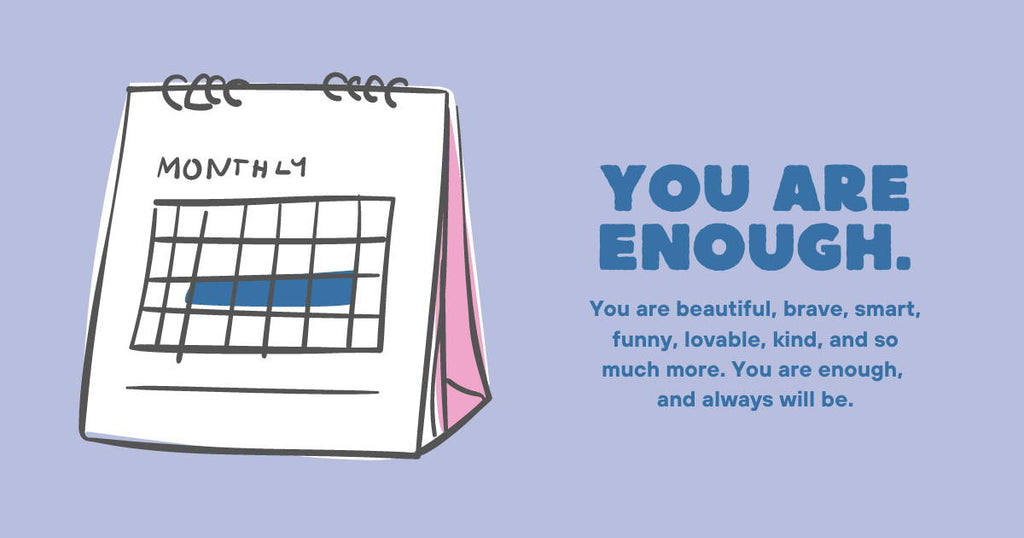Top 5 Supplements For Hormonal Acne
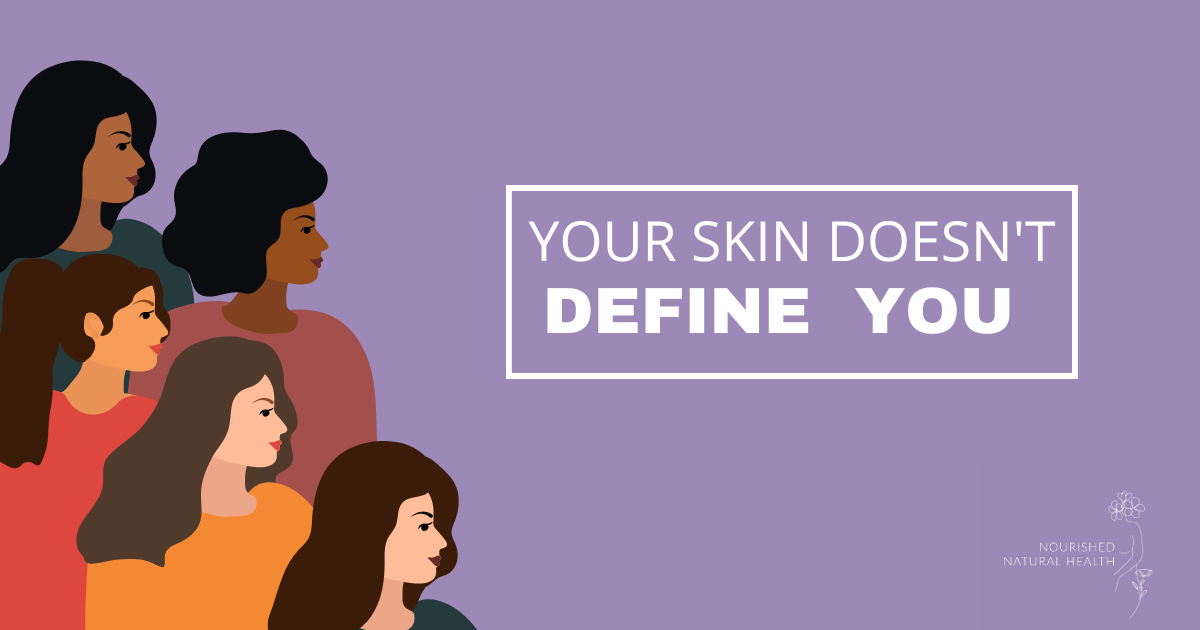
In This Article
Hormonal Acne
Whilst oily skin and breakouts are a commonly accepted part of your teenage years, acne that persists into your 20’s and 30’s (or begins then) can feel like you drew the short straw of adulthood.
Acne that continues after adolescence, flares up in the week before your period or decides to grace you with its presence after you come off hormonal birth control is a sign of a hormonal imbalance.
My own journey with hormonal acne throughout my 20’s means that when a woman approaches me for advice on hormonal acne, I treat the case very seriously.
I fully understand the confidence-crushing effect that adult acne creates.
What causes hormonal acne?
Your skin health is a reflection of your internal health.
Break outs, particularly around the jawline and those which worsen around the time of your period often reflect an underlying hormonal imbalance which triggers the skin to produce excess sebum (skin oil).
This excess oil clogs the pores on your face, leading to white and black heads and cystic acne.
The skin around the mouth and chin area is particularly sensitive to hormonal fluctuations, which explains why breakouts in this area are often linked with a hormone imbalance (find out how to balance your hormones here).
Which hormonal imbalance causes acne?
The most common hormone imbalance leading to acne is excess testosterone or androgens (our “male” hormones).
As women, we want a healthy level of androgens to support our libido, stable moods and energy.
In excess, however, this hormone can cause excess sebum production in your skin, leading to hormonal acne.
What causes high androgens?
There are many causes for excess androgens, however one of the most common reasons is poor blood sugar regulation and excess insulin production.
Insulin is the hormone responsible for directing glucose (the sugar from the food we have eaten) to move from the blood into cells where it can be converted to energy or stored.
When we have chronically high blood glucose levels (from eating a diet high in sugar and refined flour products like white bread, cakes, pastries), the body produces excess insulin to help move the glucose out of our blood.
Insulin has an unfortunate effect of stimulating the ovaries to produce extra testosterone which can lead to hormonal acne as well as irregular periods, unwanted body hair growth and thinning of hair on your head.
How to treat hormonal acne naturally
Given that the main cause of hormonal acne is excess androgens and poor blood sugar management, natural treatment aims at restoring balance to these two key areas.
My top 5 natural treatments for hormonal acne and treating androgens are:
1. Inositol for acne
Imbalanced blood sugar causes your body to ramp up its insulin production which triggers the ovaries to produce more testosterone, worsening adult acne.
Inositol is a vitamin similar in structure to a B-vitamin which helps to naturally regulate blood sugar.
It does this by improving your sensitivity to insulin, so that your body doesn’t need to create as much to have the same response.
In fact, inositol is so powerful at sensitizing your body to insulin that one study reported it produced the same effects as Metformin (a common drug used to improve insulin sensitivity in diabetics).
We've created our own inositol for PCOS, Nourished Pure Inositol.
This formula has been created based on one of the most studied inositol ratios: 2000mg Myo-Inositol and 50mg D-Chiro Inositol (40:1 ratio).
2. Zinc for acne
Zinc has so many benefits for your hormones and your period.
When it comes to acne, zinc naturally supports the function of your ovaries, which helps to decrease excessive production of androgens.
It also inhibits that enzyme we met earlier: 5-alpha reductase, thereby decreasing conversion of testosterone to the potent DHT.
Finally, zinc kills the bacteria in our skin that is responsible for acne, reduces inflammation PLUS it supports skin healing and repair.
It’s an all-round winner when it comes to adult acne.
3. Reishi mushroom for acne
Reishi mushroom has been shown to inhibit an enzyme known as 5-alpha reductase.
This enzyme converts testosterone to a much more potent form called DHT.
DHT causes significantly increased symptoms of androgen excess like hormonal acne and hair thinning.
Reishi mushroom has the added bonus of also supporting your immune system (hello less colds in winter!) and stabilises your hypo-pituitary-adrenal (HPA) axis, which is involved in your stress response.
Consider adding reishi mushroom to your supplement regime if you are experiencing signs of androgen excess and could also benefit from some immune and stress support.
4. Saw palmetto for acne
5. White Peony for acne
Nourished Androgen Blocker
This is totally ridiculous… the benefits are incredible but realistically that is way too many vitamins to take!
…It can be time-consuming and quite expensive to track down and buy several of these in top-quality forms, much less all of them.
So I got to work creating what I wanted to be a complete game-changer for women with PCOS.
I wanted to create a vitamin that combined ALL of the most potent and powerful natural substances to support healthy Androgen levels.
And after YEARS of trial and error to create the perfect vitamin…
We FINALLY found a solution…
It’s called Androgen Blocker, and you’ll just take 1 or 2 easy-to-swallow capsules, with food, to support your skin health or excess hair issues.
Because, YES, Androgen Blocker provides you all 5 of the key androgen balancing nutrients mentioned above (plus more) – each in clean, premier-quality forms.
This includes premium quality Zinc… Reishi Mushroom … Saw Palmetto… Nettle Root… and Green Tea.
PLUS, it matters greatly what you’re not getting with Androgen Blocker.
Androgen Blocker is FREE of artificial sweeteners, flavors, colors, and preservatives. It’s non-GMO, gluten-free, and dairy-free.
And finally, YES, it’s 3rd-party lab tested to ensure purity, potency, and safety.
Keen to dig your teeth into even more hormone-loving content?
Free 3 min Quiz
PCOS? Which Type Do You Have?
About The Author - Tamika Woods


